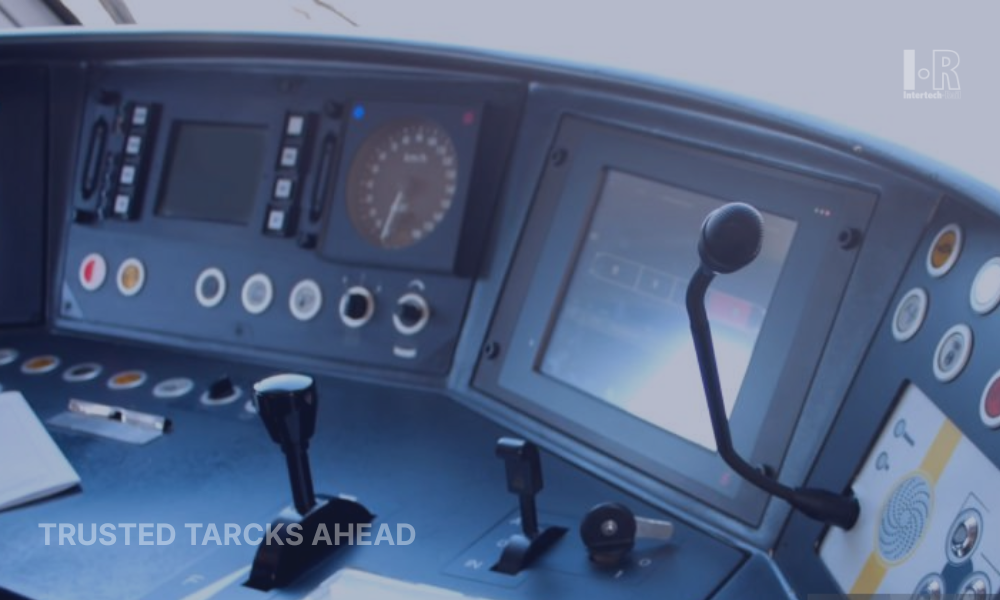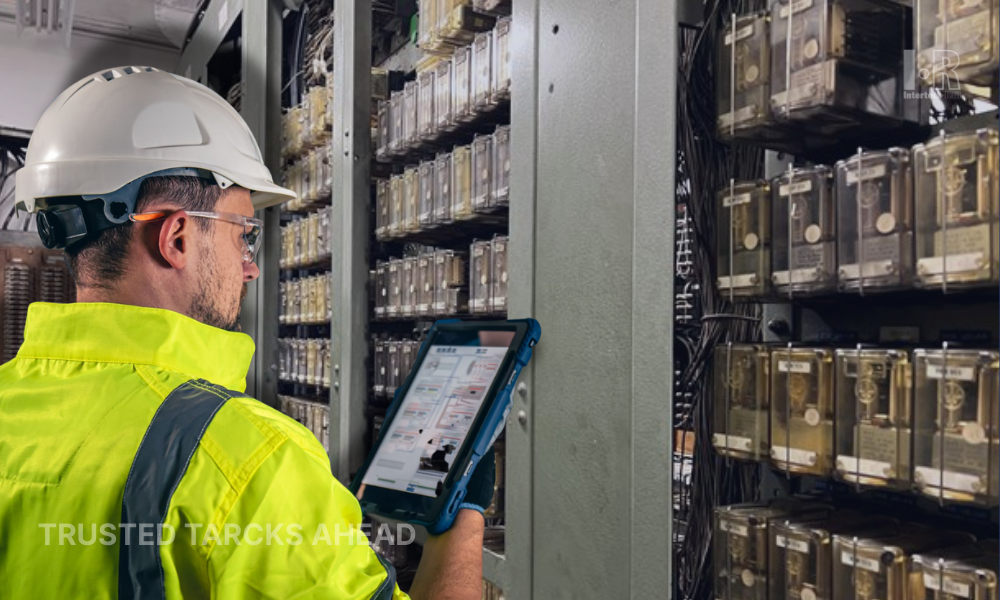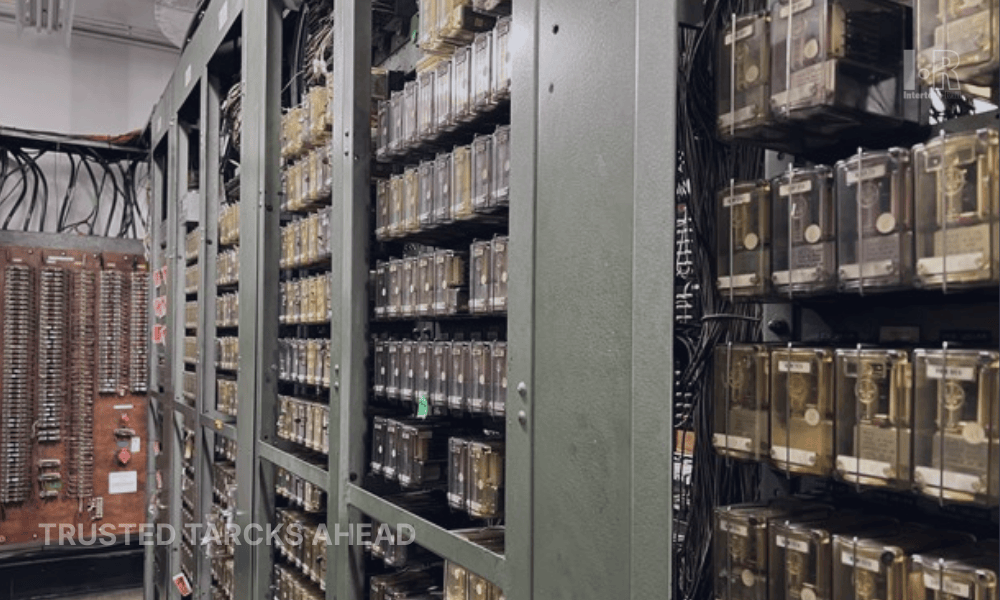Railway Signaling Systems
Railway Signaling Systems: Modern Technologies and Safety Protocols for Train Traffic Control

A closer look at how signaling keeps trains safe and traffic flowing
Fundamentals of Railway Signaling
Every railway depends on signaling. Without it, trains could not share the same track safely. At its simplest, railway signaling
tells a driver when to move, when to slow down, and when to stop. Decades ago, the job was done with levers and mechanical semaphores. Today, the process looks different. Track circuits, axle counters, and digital communication give operators a live picture of the line. In day-to-day practice, this is what allows true train traffic control — keeping one service clear of another while still running on schedule.
Modern Signaling Systems in Operation
Most networks now rely on
modern signaling systems. They differ by region but follow the same idea: constant communication between train and control center.
- ETCS in Europe creates a common standard across borders.
- CBTC in metros lets trains run closer together while staying safe.
- PTC in North America prevents accidents linked to overspeed or missed signals
Safety Protocols in Train Traffic Control
From the engineer’s point of view, three checks matter most:
- Trains must not collide — position and speed are always tracked.
- Speed must stay within limits — if not, braking is automatic.
- Routes must be clear — points and crossings are verified before movement.
These measures sound basic, but in daily operations, they are what keep railway signaling dependable. The combination of automation and human supervision gives the system its strength.
The Role of Supporting Technologies
Ask any signaling team, and they will tell you the same thing: the quality of the data matters. Good train traffic control depends on devices that work under all weather and load conditions.
- RFID and AEI units identify each train accurately.
- Wheel sensors and axle counters confirm movement on the line.
- Communication modules move data between trackside and central servers.
These elements may not be visible to passengers, but they make
modern signaling systems
practical and trustworthy.
Strategic Role in Rail Operations
Over time,
railway signaling
has shifted from manual devices to digital networks. The goal, however, has stayed the same: safe, reliable train movement. For operators, the adoption of modern signaling systems also means higher capacity and compliance with global standards.
Suppliers of field equipment, like sensors and readers, contribute directly. Companies such as Intertech Rail provide the building blocks that make accurate train traffic control possible. The signal on the mast may get the attention, but the hidden technology keeps the system working day after day.
The technologies mentioned here: ETCS, CBTC, and PTC will be subject to further articles.





